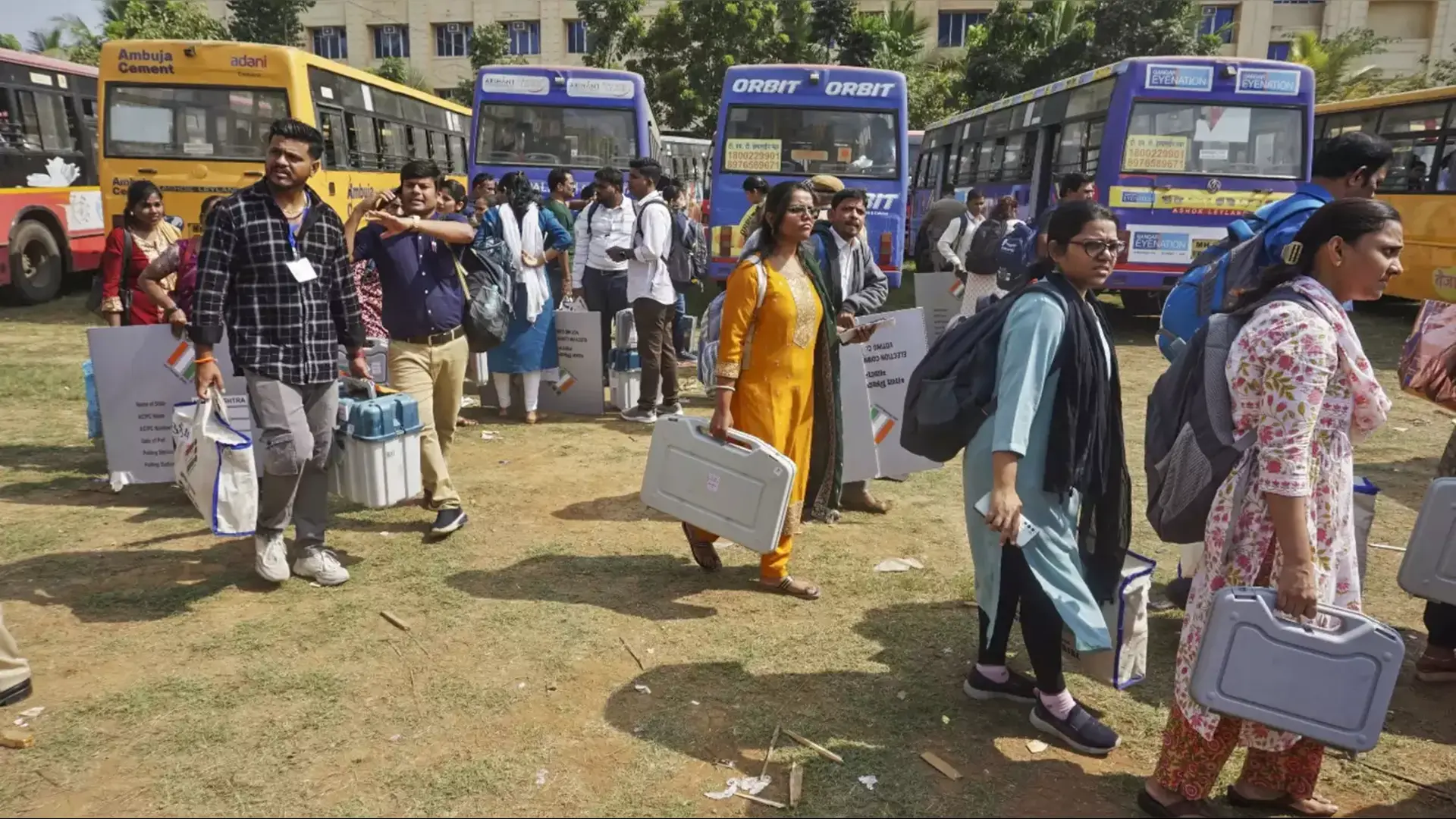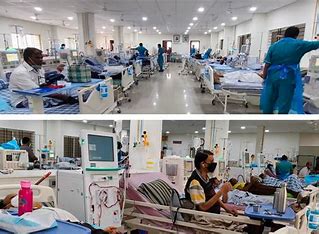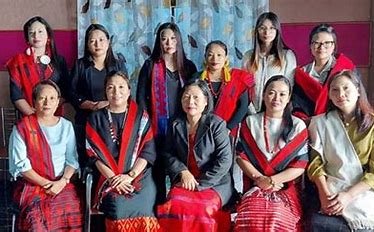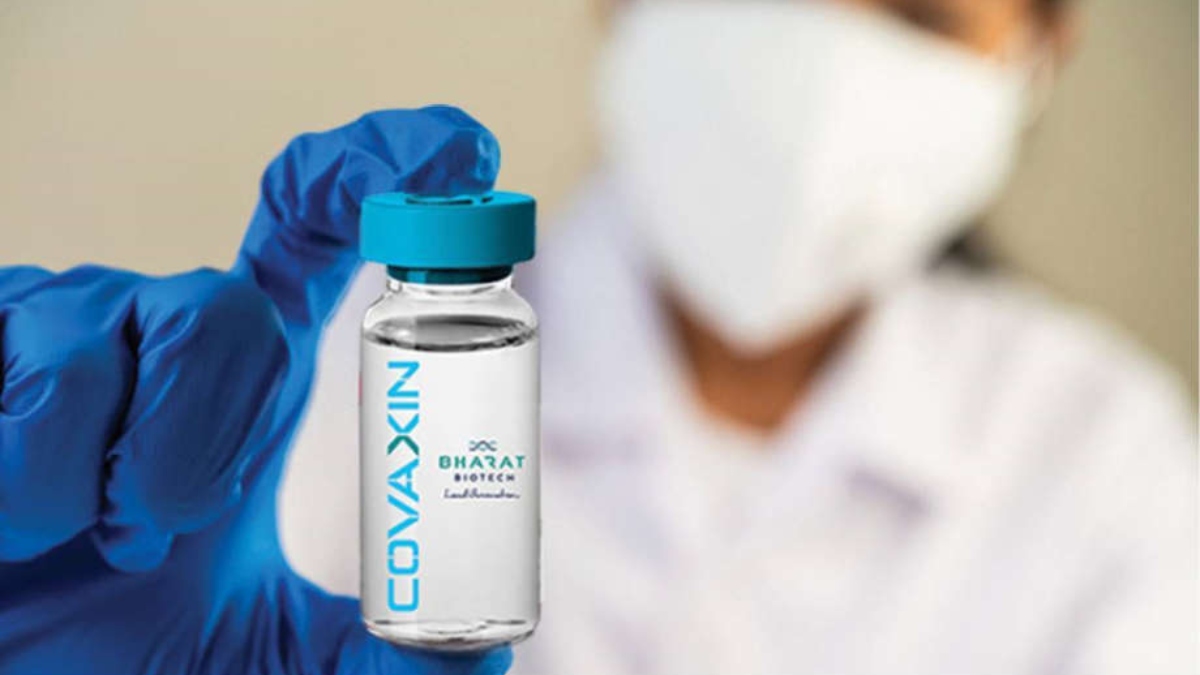
As Bharat Biotech completes clinical trials with volunteers for 10,000 double doses of its vaccine, Joint Managing Director of the firm and one of the brains behind the ‘swadeshi’ vaccine, Suchitra Ella, joins The Daily Guardian for an exclusive interview.
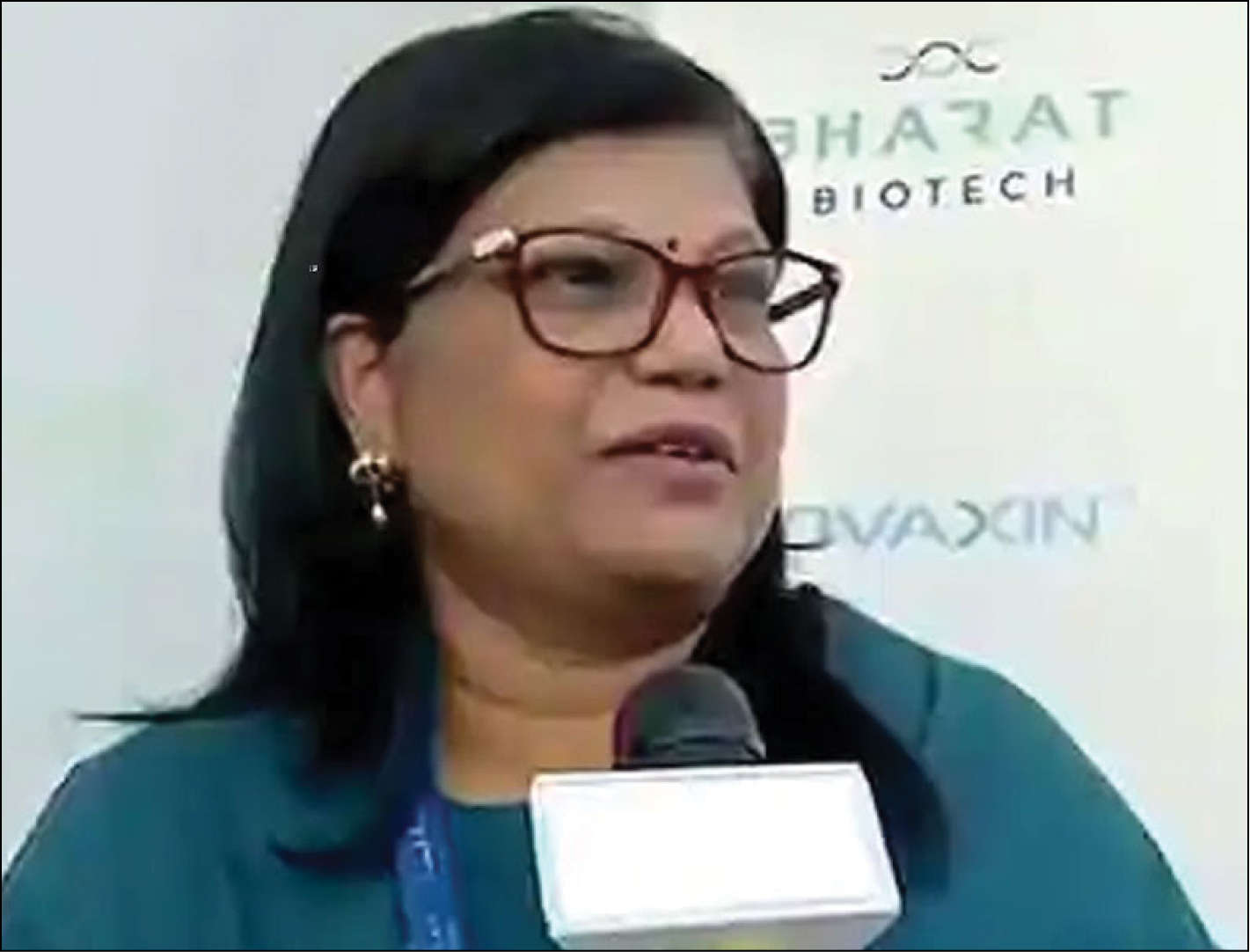
Q: How difficult was it to develop a vaccine in such a short duration of time?
A: It has been unbelievable, unimaginable and unthinkable because such a scenario doesn’t arise normally. This was the first time for us in the last 25 years that we have had to go through such a rushed timeline. This has happened once before, but maybe the severity was not this much. In 2009, when we were asked to make the flu vaccine for H1N1, in 12 months of time, we could make the vaccine. But this time was unprecedented. During the pandemic and the lockdown, when everything was shut down, we were working continuously. We never had a lockdown for a single day. It was about staff organisation, bringing them all together, keeping them confident. We had to practice safety also and it was an extremely difficult situation. Everything happened in real time. We also had a family where everyone was infected, involving children and old people. But we took it in our stride and continued the progress.
Q: How does Covaxin work better than the other vaccine?
A: This vaccine is built on a whole-virion inactivated platform. The technology is virion cell technology. The whole-cell virion vaccine is probably one of the safest vaccine technologies in the world. We aren’t using spike protein or mRNA. We actually asked the ICMR and they consented to give us the live virus from NIV in Pune, because at that point in April, NIV was the only lab that had the actual virus. We had to get the virus in its original form from the NIV lab. We had to bring it by road because during those days there was no availability of transportation. Our scientists went to the lab by road, physically brought it in coolers and we transported the live virus to Hyderabad from Pune. It was difficult to handle the live virus. Then we initiated a process that’s called inactivation from this virus, which means literally killing it to ensure that it shouldn’t multiply or contaminate people or cause infection to the people who are going to be handling it on a daily basis. After that, the killed virus was formulated in a liquid form, adding one or two adjuvants, which is a kind of liquid substance, so that the killed virus is present in that liquid substance. Then that was formulated and called the vaccine candidate.
Q: When will we be able to give this vaccine to children?
A: Not at this point of time. We can’t give them the vaccine, we can give it only to those who are above the age of 18. We are taking permission from the Drug Controller for trials. But at this point in time, we can’t give it.
Q: When will efficacy results be out?
A: The process of the clinical trials is very, very long. This was, of course, unprecedented. But everything was fast-tracked without cutting short the steps and the procedure as per the guidelines under the Drug Act of India which is normally given to us for all vaccines. The same steps have been followed. We first cleared Phase 1 trials, data came in July, we completed that after safety was proven, which was done in 12 medical hospitals. Phase 2 trials were done to prove the immunogenicity of the vaccine to show many antibodies were formed in a person who had been given the vaccine. This was also done on 400 people. In November, we were permitted for Phase 3 trials, the largest trial, in order to ensure that it was working among the largest group of people. All the trials were conducted on 26,000 people and nobody was forced to go through the trials. Now we have completed the two-dose vaccine and we have cleared 10,000 trials till now. All the trial processes will be completed in February and efficacy data is expected to come by March this year. We expect more than 60 percent efficacy.
Q: Do you think a nasal vaccine is better than an intramuscular vaccine?
A: There is scientific progress right now with an intramuscular vaccine that will be injected into the upper arm. We are working with another technology where they have shown enough animal data for something which goes into the nose of the animals. We are hoping to start the clinical trials in February. We will also have another route of vaccination which will be very useful with the largest population, because it is a single dose and easier to administer.

